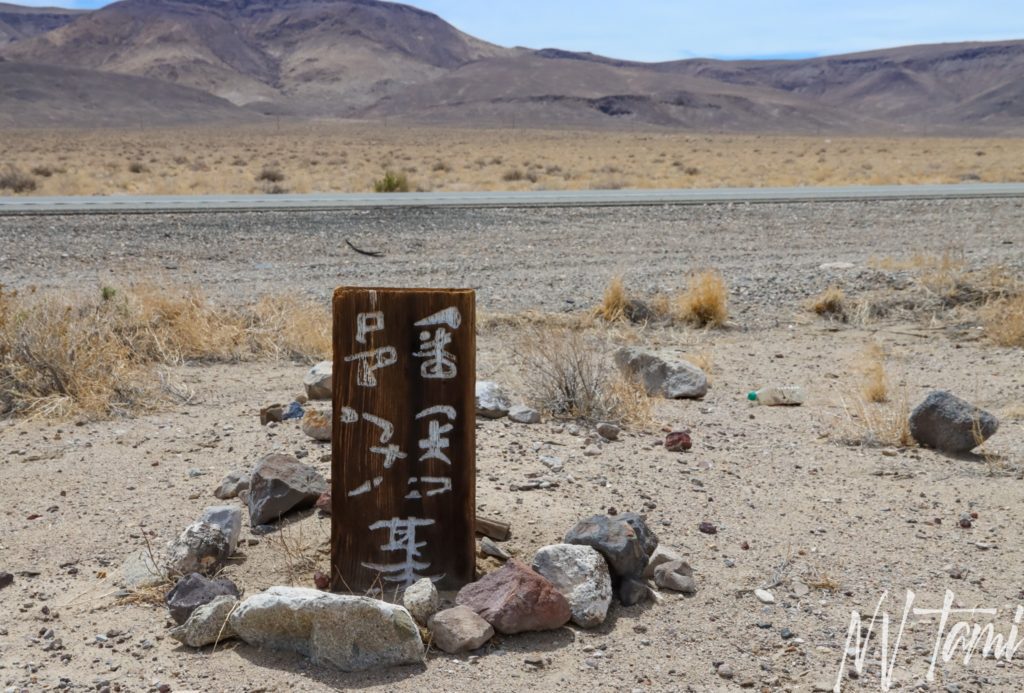
Only an astute observer will notice a lone wooden headstone along Highway 95 between Hawthorne and Luning. The wood fades into the Nevada desert, making it difficult to locate. On the backside of the marker, facing away from the highway, is engraved with Chinese characters, “Grave of (unknown) from Poon Yup.” Sadly, the unidentified man was buried where he fell and never moved to the Chinese cemetery in Hawthorne.
Chinese in Nevada
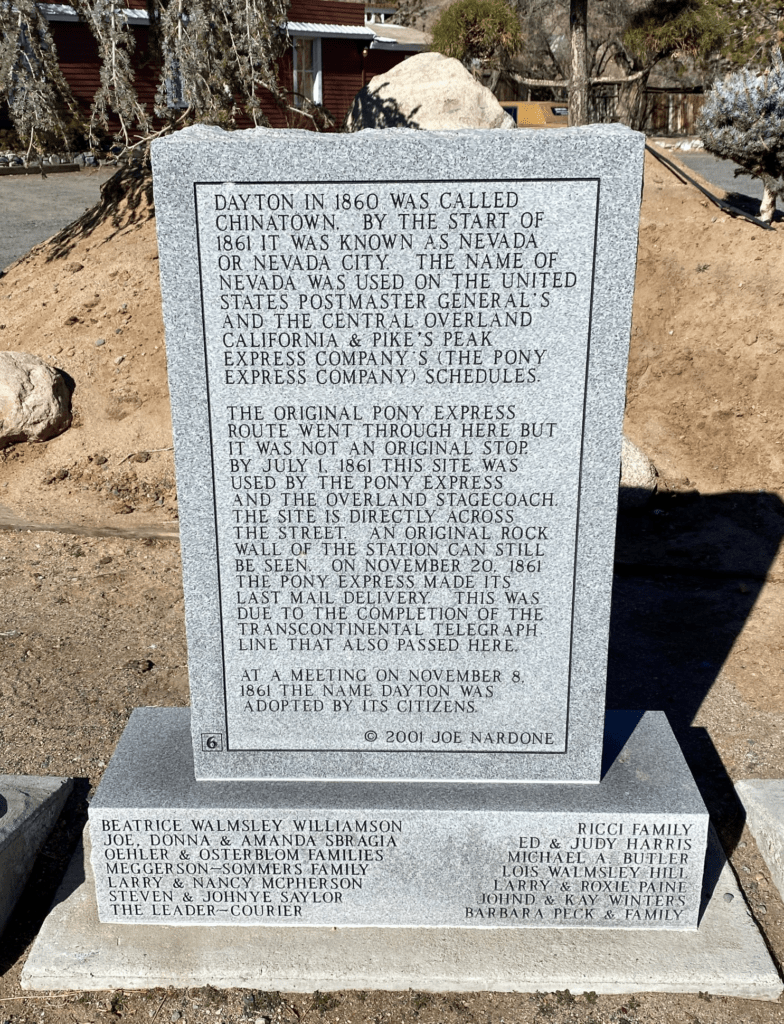
The earliest reference to Chinese in Nevada occurred in 1856 when immigrants dug ditches on the Carson River. In 1860, twenty-one Chinese men lived in the Western Great Basin. By 1880, the census recorded 5,416 (5,102 males and 314 females.) Dayton had a large Chinese population and was known as Chinatown until 1861. Many Chinese workers came from the southern regions of Guangzhou, bringing a culture that sometimes clashed with that of European settlers.
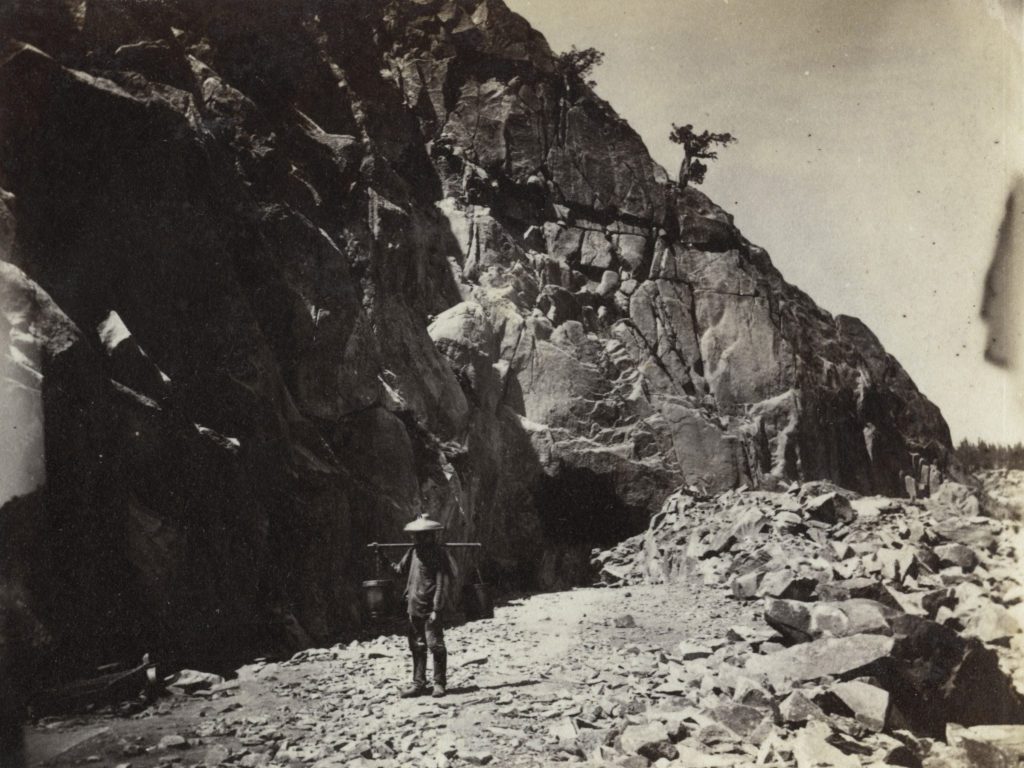
(Photo credit: Stanford News)
Miners’ unions prohibited the Chinese from working underground so they worked as laborers, woodcutters, laundrymen and servants. Chinese faced more discrimination than any other minority group. In some towns, the Chinese built underground cities and stayed out of sight during the day to avoid persecution. Pendleton, Oregon, has preserved their underground Chinatown and tours are highly recommended.

Chinese laborers made up ninety percent of the builders of the Central Pacific Railroad. The workers leveled land, built bridges, and laid tracks. Workers lived in tent towns and were paid from a train car accompanied by other cars providing gambling and female (ahem!) companionship. After completing the transcontinental railroad, many worked on smaller narrow gauge lines.

Carson & Colorado Railroad
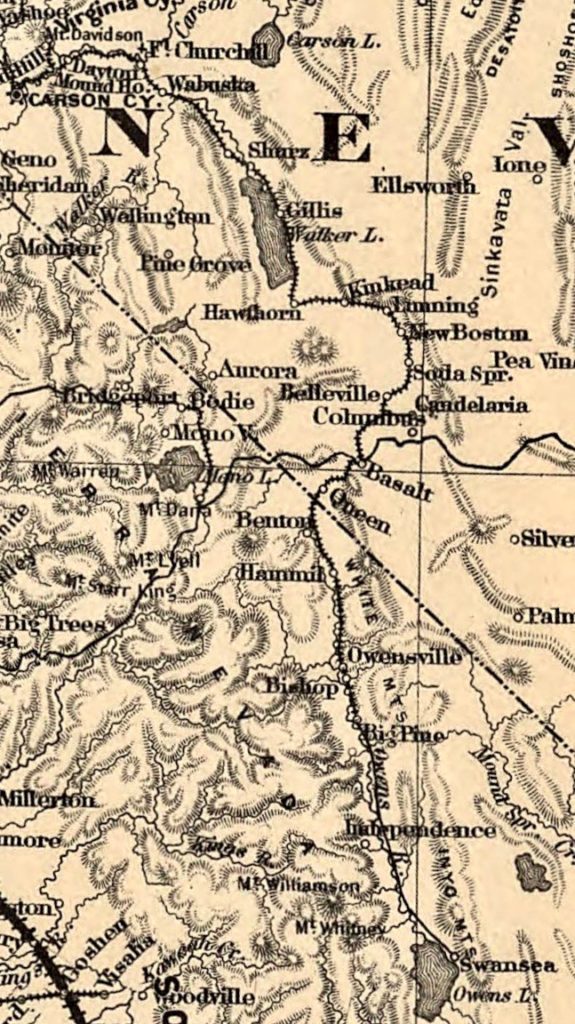
(Photo credit: Wikipedia)
The narrow gauge Carson and Colorado Railway ran from Moundhouse, Nevada to Keeler, California, south of Cerro Gordo Mines. Construction began on May 31, 1880, and the first train arrived at Keeler on August 1, 1883. The route ran on the east side of Walker Lake, then turned southwest towards Luning and Candelaria.
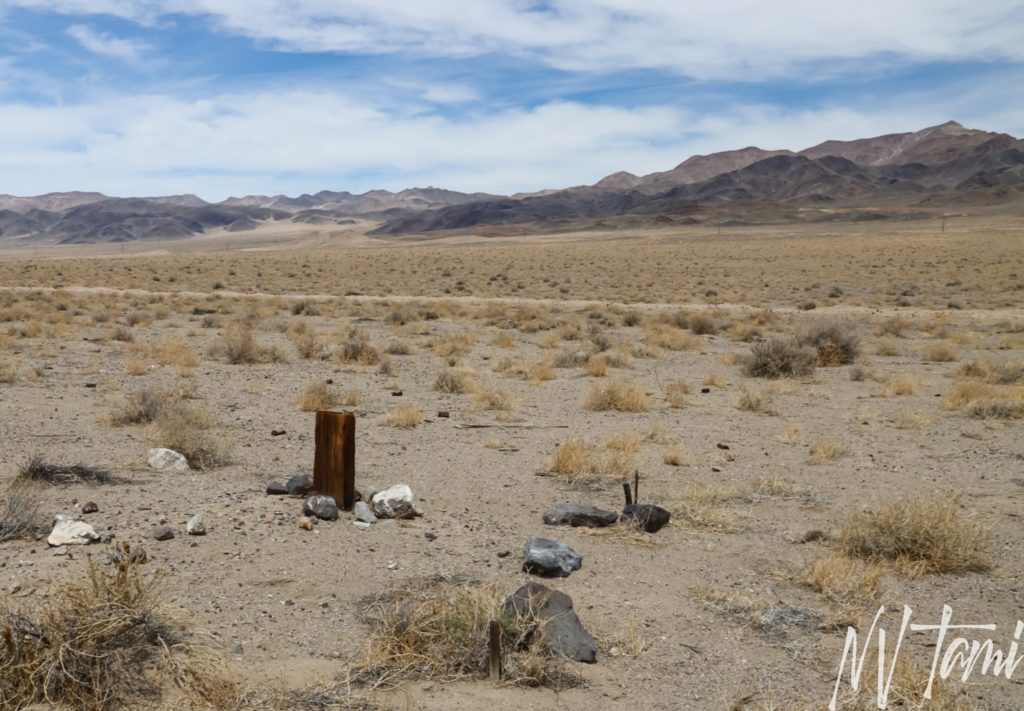
The rail line is only a few hundred feet from a Chinese grave. The original headstone was five feet tall and was moved to the Mineral County Museum near Hawthorne for preservation. It is unknown how many Chinese workers died during the construction of the railroad lines, but the numbers were in the thousands.
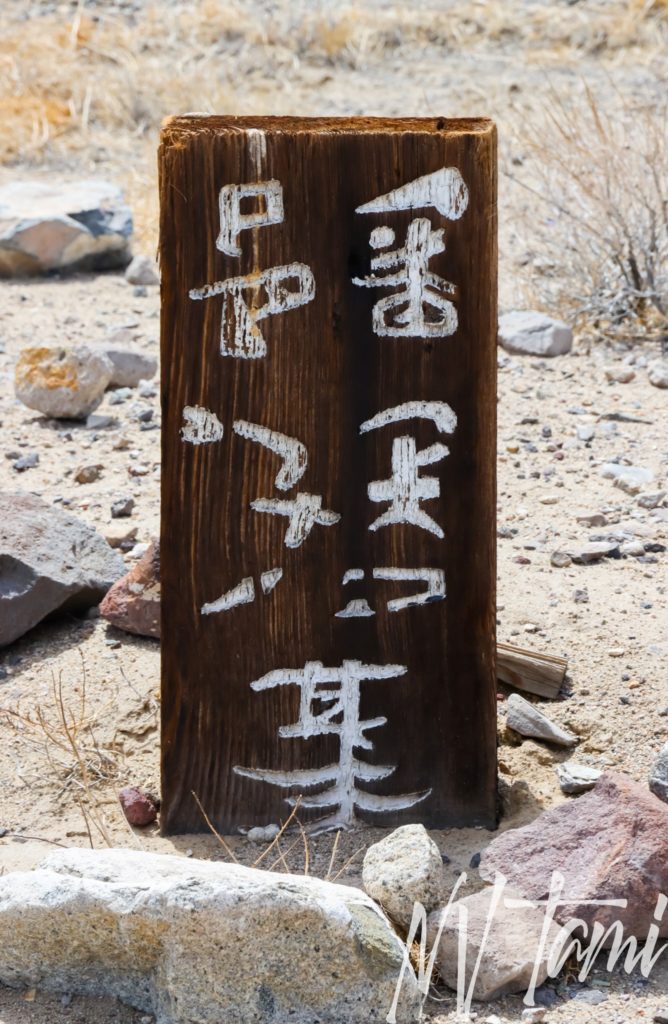
Hawthorne Chinese Cemetery
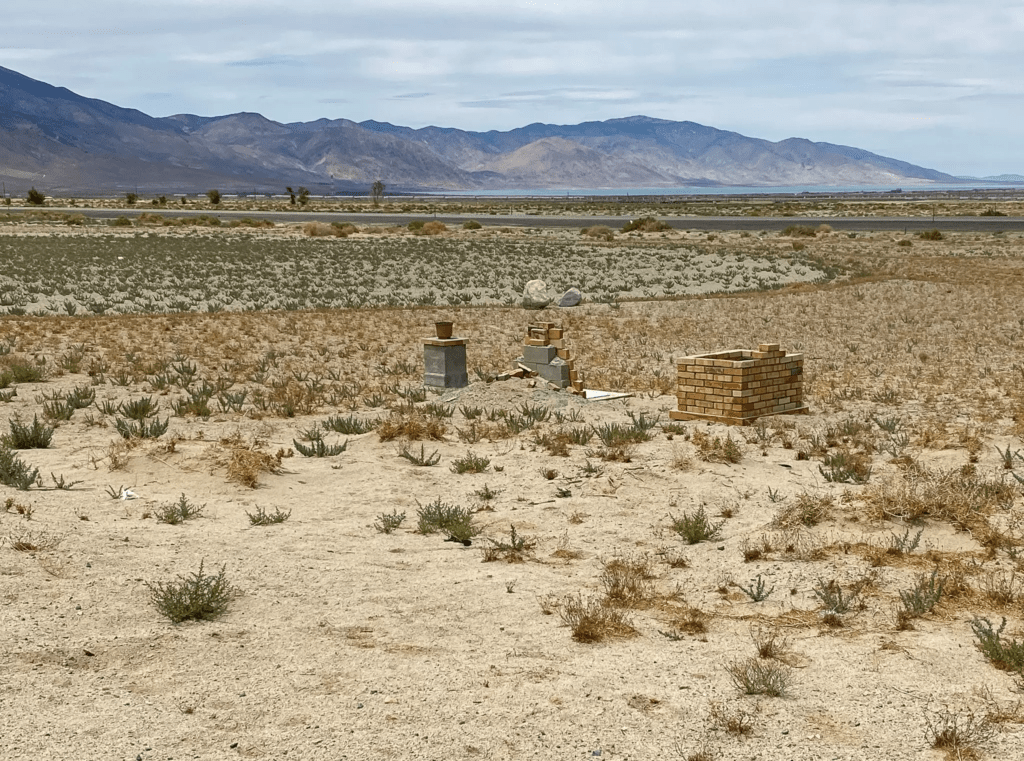
After writing about the Chinese Grave in Mineral County, a reader told me about the unknown Chinese graveyard in Hawthorne.

For two years, I have wondered about the Chinese graves. For personal reasons, I have an interest in Asian history in Nevada. The Hawthorne Chinese graveyard was always on my mind when I drove through Hawthorne, but I was always in a rush. On the way home from my trip to Tonopah & Beyond, I decided to take my time driving home; my first thought was to look for the graveyard.
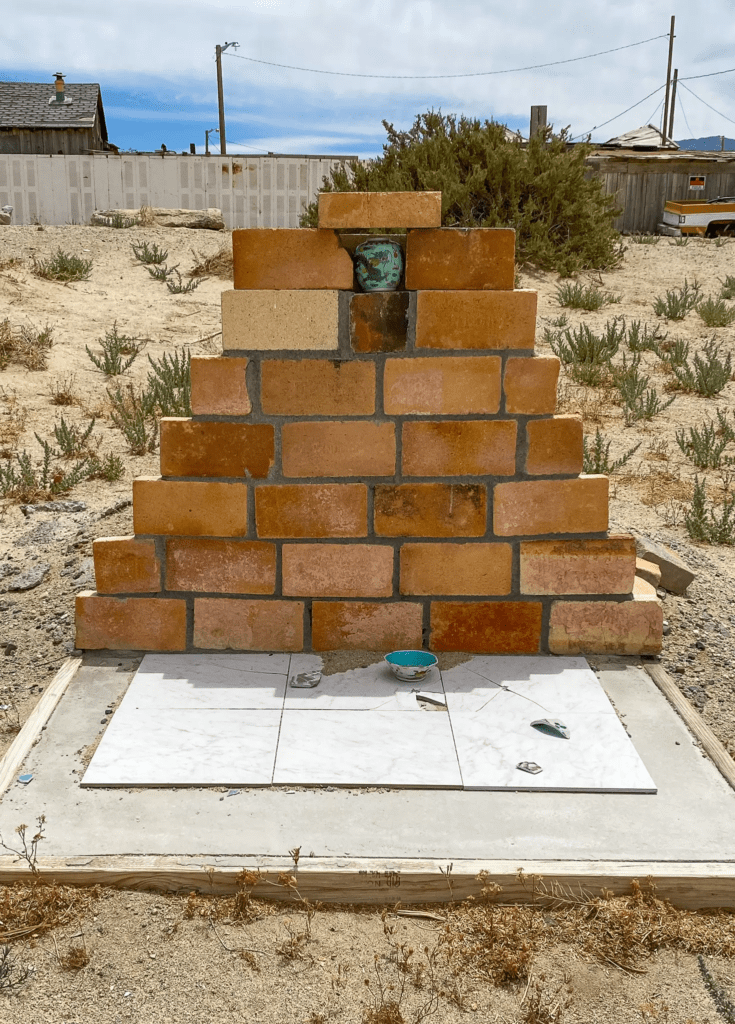
Hawthorne had a good-sized Chinatown. Most of the men were single, or their wives remained in China. Chinatown had its own cemetery, possibly with hundreds of graves. Unfortunately, details were lost to time, but human remains detection dogs identified several graves. I believe this was the same group I worked with to identify graves on the Carson River Route of the California Trail.
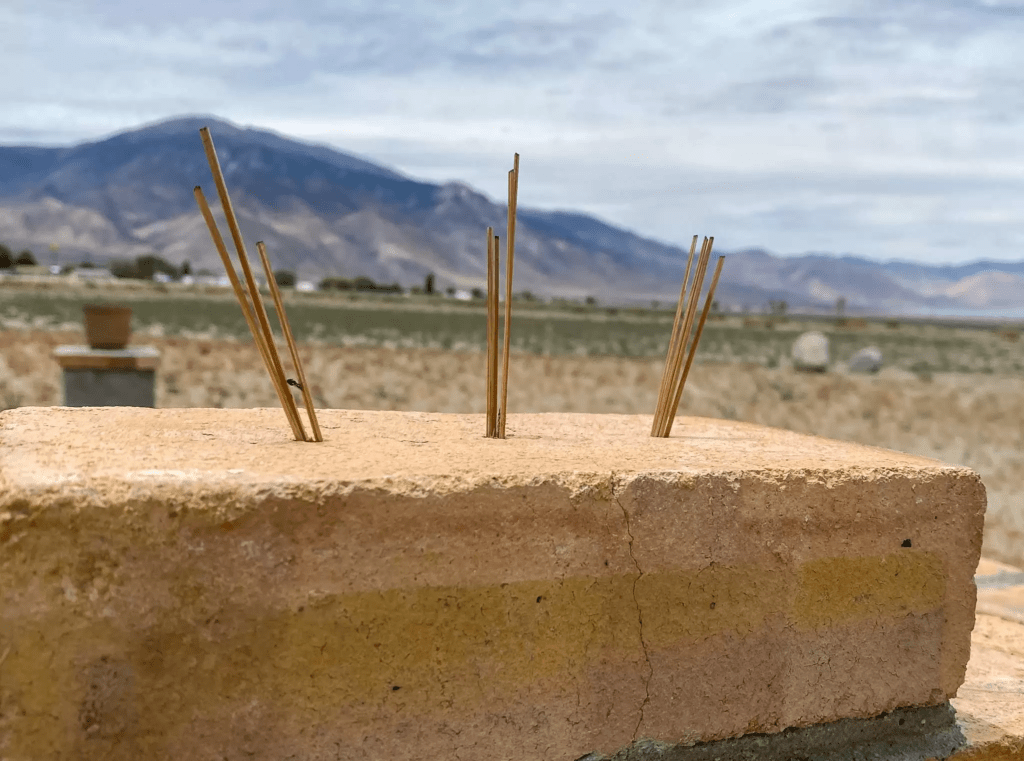
Three memorials mark the graveyard. Unfortunately, the Mineral County museum was closed, but I plan on visiting and look forward to discovering more.
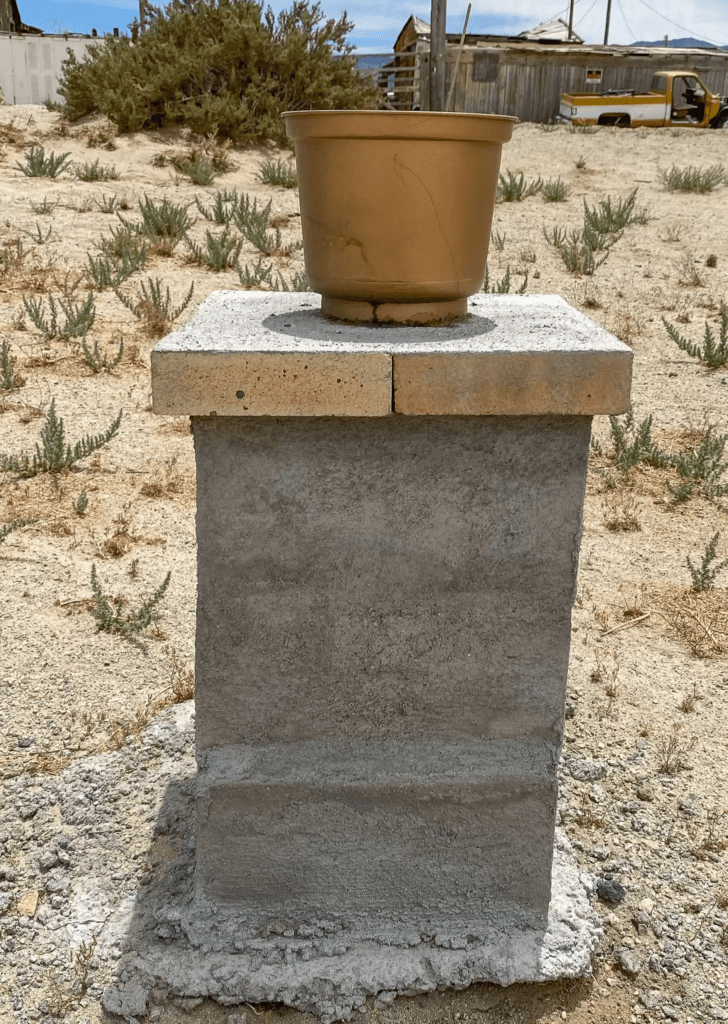
Chinese New Year
I traveled to Asia several times and was fortunate to attend the Lantern Festival, marking the end of the Chinese New Year. (Leave it to me, I even visited ghost towns in Asia. One you had to climb up a cliff to visit.) Our family celebrates Chinese New Year every year with our little one leading the parade at the Nevada State Museum. Nevada’s rich Chinese heritage is in no danger of fading away, unlike many of the towns, mines and railways they helped build.
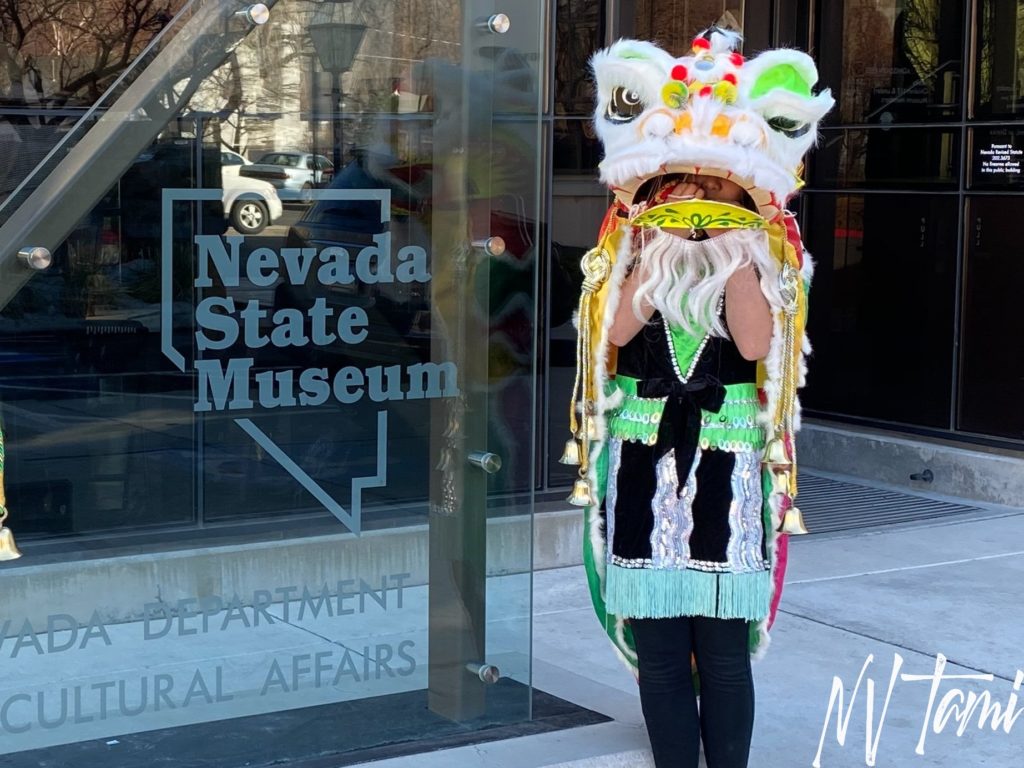
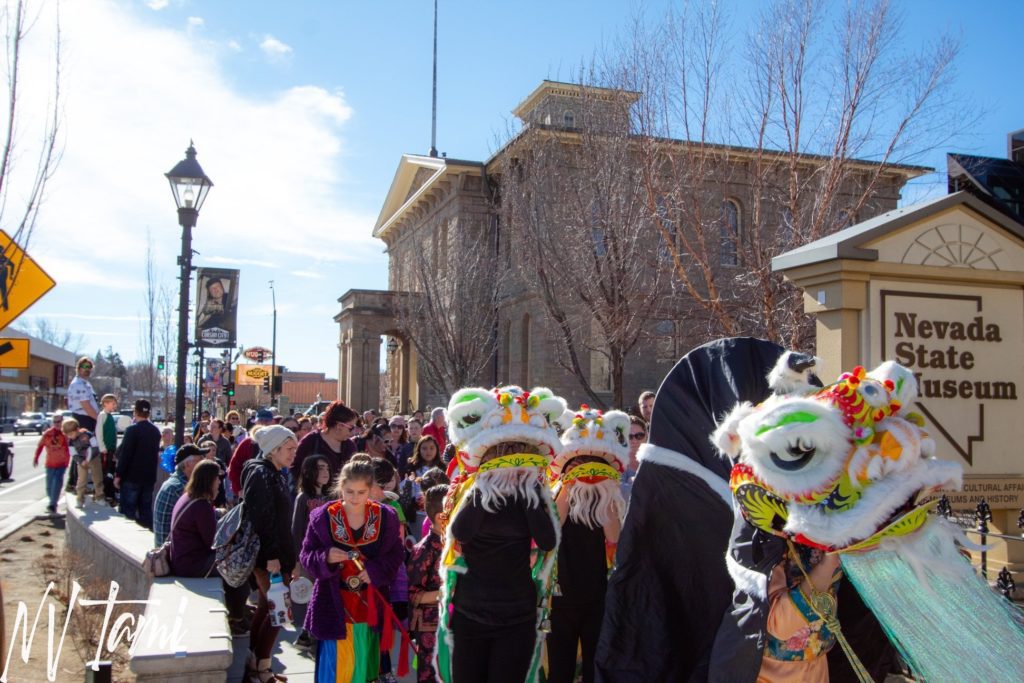
Thank you to my good friends Vic and Caroline for giving us more specifics on the location of the grave. I have driven past many times and not noticed it. Even knowing the location, on the way home, I missed it.
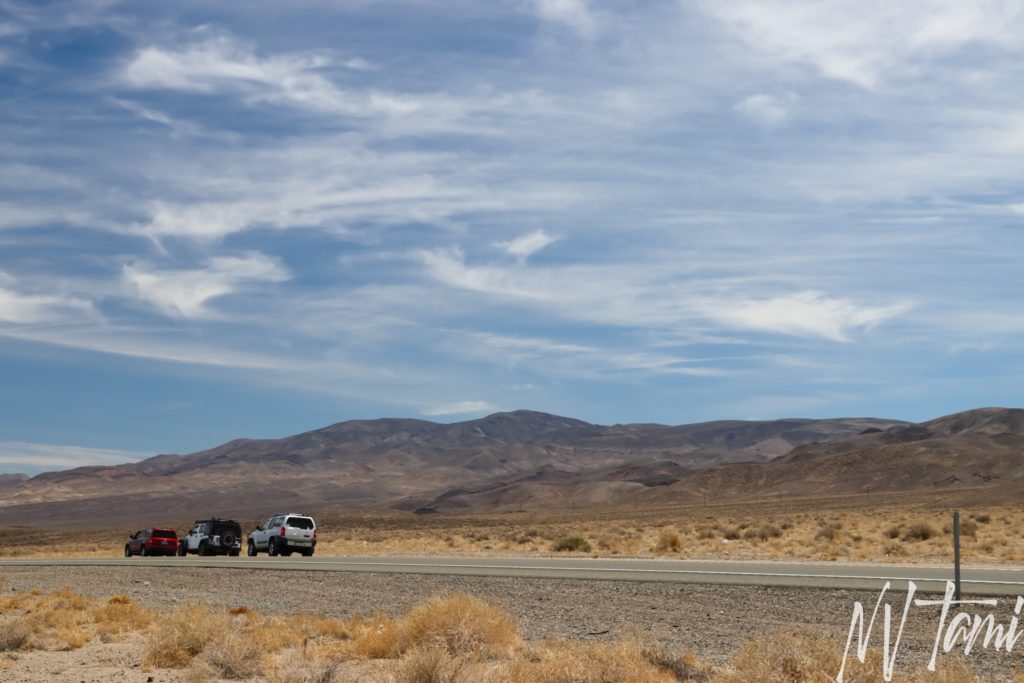
Visited 5-30-2021
References
- Carson and Colorado Railway: The Route
- Chung, Sue Fawn. Imagine of America: The Chinese in Nevada. Arcadia Press, 2011.
- Find a Grave: Chinese Gravesite
- Nevada Expeditions: Chinese Gravesite
- Stanford News: Stanford project gives voice to Chinese workers who helped build the Transcontinental Railroad
- Wikipedia: Carson and Colorado Rail way
Rod says
Very nice read as always
I have an interest in the Carson Colorado Railroad and the freight station in Hawthorne.
Any info where I can research let me know
Thank you
Rod
Tami says
Glad you found the information.